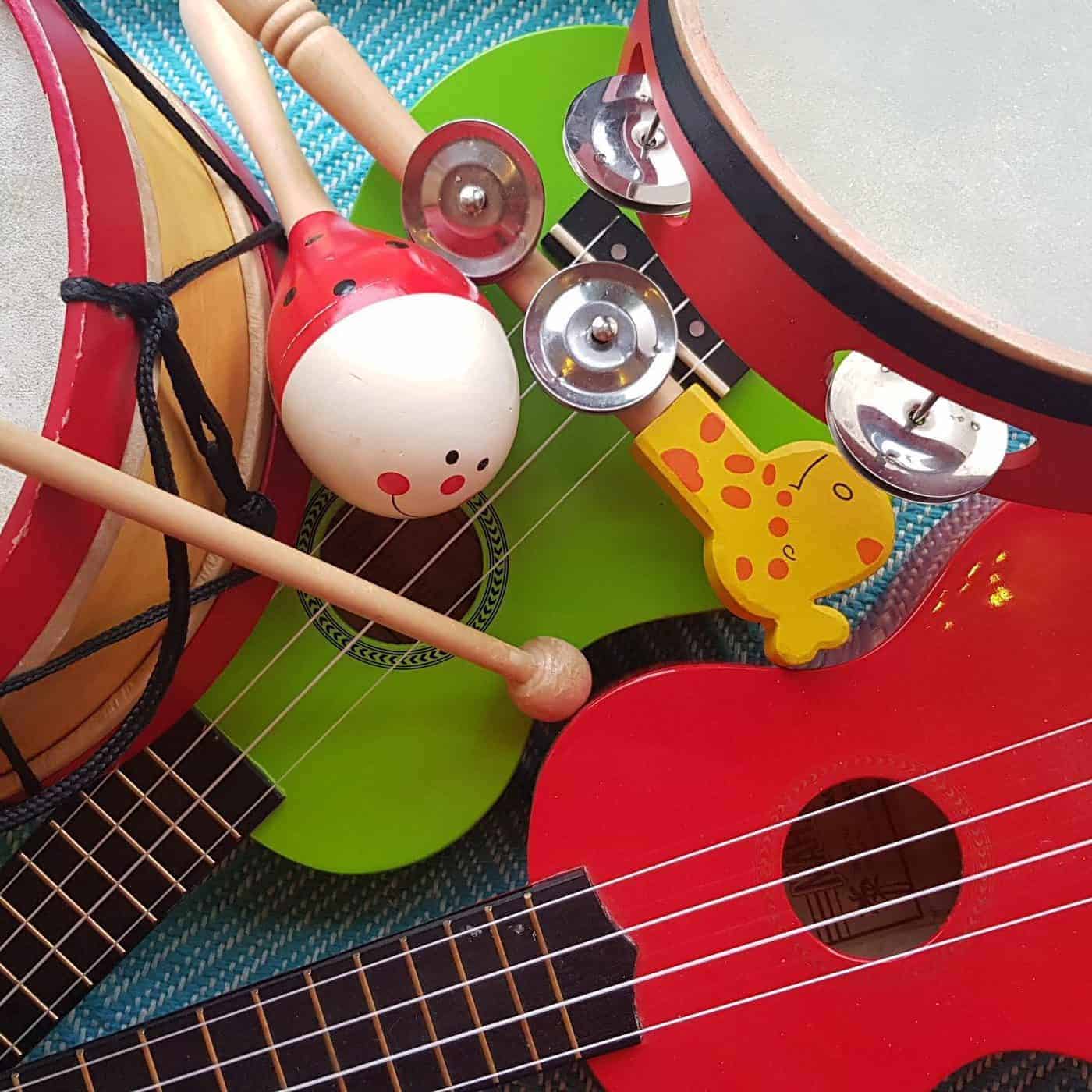
“I got rhythm, I got music, I got my man. Who could ask for anything more.” Ella Fitzgerald
We all love rhythm. It is one of the first things accessible to us. Have you seen a baby moving their body in time with music? This is because before we understand words or can hold a tune, we are moved by rhythm.
I like the idea of having a life rhythm. It feels more accessible, more gentle than having a schedule. I think when it comes to wanting to grow in our faith at home, developing an intentional rhythm is a good way to go about this.
What is rhythm?
The word rhythm comes from the Greek word rhein, which means “to flow”, and it also occurs in all the arts (painting, poetry, sculpture etc) as well as in nature, for example, biological rhythms. Many people find when they organise their activities more in line with biological rhythms, their live is easier and has more ‘flow’. Wouldn’t it be great to find and work with our natural ‘faith rhythm’? I thought it would be interesting to explore some different elements of musical rhythm and see how those relate to rhythms of faith at home.
Rhythm in the Bible
Although the word rhythm doesn’t occur in the Bible, the concept of rhythms of faith is completely through out! Ancient Hebrews were steeped in rituals and activities which they repeated at regular intervals, with larger events and rituals which happened once a year or one every seven years.
Rhythm in church
In our churches, rhythm is part of our meetings together, whether that’s a liturgical Anglican service, or the rhythm of the Hello song in a toddler group. Using a form of liturgy which works for us is a great way to make connecting with God a regular, easily accessible activity which happens on a regular basis.
Rhythm in music
In music, the rhythm is the way sounds are placed in time or “an ordered alternation of contrasting elements”. I’m a visual person, so I like to picture musical notes being placed on a massive board, with different spaces between them, representing the segments of sound and silence which make up the rhythm of the music. Some notes are long, others are short. Some are loud, others are quiet. Some parts of the rhythm are bold and strong. These might be the most obvious sounds when listening to the music as a whole, but this doesn’t mean the less dominant sounds aren’t necessary for the balance and movement of the whole piece. What’s your favourite piece of music at the moment? Can you imagine it visually in this way?
Now let’s use this model to consider faith rhythms. Imagine a huge board for mapping out our faith life, day by day, month by month, year by year. Each day, I have mini rhythms, moments in time when I intentionally touch base with God, often through pray or exploring the Bible. Some times are short, some are longer. Some are just me, like a solo tune in music, others are shared with other people, like chords on a piano, or different instruments in a band or voices in a choir. Some go on in the background, like worship music in the car, while others are larger and more dominant, like organising a Passover party for friends.
Beat
Rhythm in music starts with a beat, a series of repeated sounds which are the same distant apart in time. Some people call this the ‘heart beat’.
In our faith life, this is also often where we start, developing a small, simple faith activity which we do repeatedly at the same time or day. This might be going to a church service or children’s group. It might morning or bedtime prayers. It’s easy to overlook the importance of these small moments, but of course, life is made up of a million small moments, so what we do in these is what makes our life.
For me, this is where I would always recommend someone start if they are looking to grow something in their faith at home – something small, simple and easy to do, which gives them a moment in their daily life to connect with God. Sometimes this can be as simple as breathing in and out slowly before starting the car, intentionally breathing in the life of God, just as God breathed life into the man in Genesis 1. Or alternatively, you might prefer a short, out loud ‘car prayer’ – Dear God, Please be with us today as we [fill in your activities] and help us to bless [name people you will meet]. This gives everyone a chance to say ‘Amen’ and to choose to be open to God working in and through them today.
Tempo
Tempo is the Italian word for ‘time’, and it tells us the distance between the beats. In music, a moderate tempo is, fascinatingly, similar to that of a heartbeat, about 72 per minute.
In music, the tempo is often marked in the music score by the composer, although it is usually up to the musicians or conductors as to how closely they stick to this. The venue in which music is played has a big impact on how fast a piece can be played and still be heard. For example, a large room may have more reverberation making this piece better is played a little slower.
This is important for our faith rhythms too. The time between faith ‘activities’ will be different in different seasons and places in our lives. With young children, it’s fairly easy to do read a Bible story every day (although they may choose the same one). With older children, prayers around meals become easier than they were with babies and toddlers, including their ability to contribute more to the content and style of those prayers. When we are in a time of transition – moving house, changing school, learning how to live with a new disability or without a person we love – these times call for different types of faith ‘activity’, maybe more frequent times as a family together to let God know our needs or maybe more time with friends to receive God’s comfort and help through them.
Rubato
Rubato is the modifications of the tempo of music in a natural, organic way as the piece is played. Music needs a steady beat so that there can be minor movements away from and then back to it. Sometimes these changes are marked in the music, other times they are done instinctively by the musicians, like an organist slowing the tempo towards the end of the last line of a hymn.
In our faith life, we need regular things which happen every day or week or year, and times when they don’t. On a weekly basis I experience this when I do laundry every day, putting clothes into the washing machine every night, hanging them out to dry every morning, putting away yesterday’s now dry clothes as I get dressed. Except on our Sabbath, when I do no washing at all. Nadda. There’s something about this contrast which draws me in to a life of resting from other work too.
Emphasis
In music, beats are organised into groups, with an emphasis on one of the beats. In music notation, this is done with different time signatures giving different numbers of beats in a bar. Studies have shown that the mind instinctively groups regular and identical sounds into twos and threes, stressing every second or third beat.
In our faith rhythms, we may have certain activities which serve as an emphasis. We might read the Bible every day at home, and going to a group to study the Bible with other people once a week. Or we might listen to and sing along to worship music in the car, but have a more extended time singing our worship to God when we meet with other Christians. We might think of something we are thankful for each day and write it on the fridge in magnets, and once a week collect all the things we’ve written into a spoken prayer of thanks. We might read a Bible story at bedtime each night, but at the weekend, get out some toys and play a story together in the middle of the day. Each of these examples is only that.
What might you do as your emphasis beat? It’s sometimes easier to take something we already do and to add a bigger version of it from time to time than to start something completely new.
Biological rhythms
I’ve talked a lot about rhythms in music, but probably even closer to us than music are our biological rhythms, the things our bodies do naturally as part of our days and weeks and years. The rhythm of the seasons can also really help us to create natural, easy faith rhythms. I’m always looking for things which link with the season we’re in to help us connect with God, both the natural seasons through things like Conker Prayers and through seasonal festivals, through activities like Mini Eggs Prayers (yum!).
What rhythms do you already have?
Do you already have some faith rhythms? You might find it interesting to draw or write out a chart showing what rhythms you have. Use some cups and plates to draw a series of four circles inside each other and label them from the centre out with the words: Daily, Weekly, Monthly, Annually and outside the last circle, Less Frequently. Then draw or write things into each circle to represent different things you do to nurture your faith – church holiday, daily/weekly Bible reading, church groups, praying before a long journey.
How to add to your rhythm
When you’ve mapped out your current rhythms, you might want to think about where or when you would like to add something. Don’t be tempted to add loads of things, as a rhythm is something repeated, so by adding one element, you’re actually adding many opportunities to connect with God. It might be something daily, perhaps a short moment to pray in the morning, midday or before a meal. It might be something you’d like to do weekly, perhaps a minute sharing things you’re thankful for as part of a family meal or meeting. Or before you watch a movie together. Or you might want to plan in something which is an annual marker, perhaps a Biblical feast or celebrating the saint’s day or your church, or having a get together with other families in your home during Holy Week to make Easter gardens and remember Jesus’ story.
Again, don’t feel you have to add everything you want the first time you do it. I’m always tempted to do this, but I’ve found that another year does come around quicker than I thought, and it’s always easier to add a little something else to a rhythm each time we do it.
The advantage of daily or weekly rhythms is that we feel their flow and see the fruits of them much quicker as they are repeated more quickly. The advantage of monthly or annual rhythms is that we don’t have to put the work into making them happen so often, and we have time to prepare and look forward to them.
Daily and weekly rhythms are likely to need tweaking on a regular basis, to keep up with the changing seasons and needs of our even changing family lives. Annual rhythms are more likely to be things which we do for a longer period, even for life.
When you’ve made your plan, share it with a friend, and share with them what you are going to do today to help you continue to build your own rhythm.
